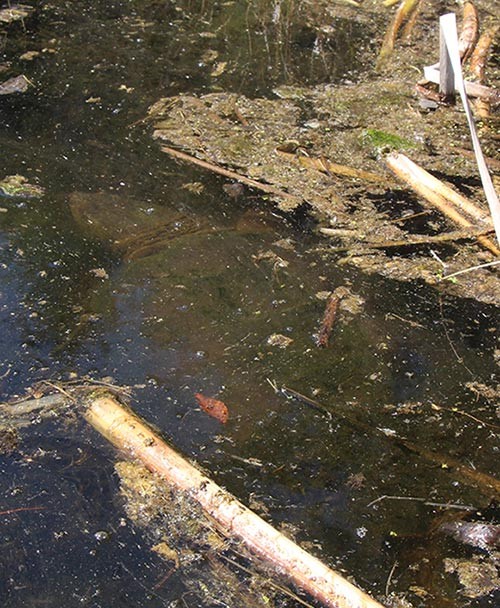
Farmers of all stripes crave consistency, which has been in short supply recently. The sugaring season of 2017 adhered to this rule. Sap ran in January and we could have made syrup then if we had been ready to gather it. We collected 53 percent of our sap in February, racing against the clock to get things processed amidst unprecedented heat. We collected 41 percent of our sap in March – the traditional sugaring month – and fought weather that was colder than historic norms. We collected 6 percent in April, before the season piddled out last week.
To give these numbers some context, here’s this year’s breakdown compared to the per-month sap totals from the previous five years:
2017: 53% February / 41% March / 6% April
2016: 46% February / 54% March
2015: 0% February / 27% March / 73% April
2014: 0% February / 25% March / 75% April
2013: 7% February / 67% March / 26% April
2012: 29% February / 71% March
As you can see, there wasn’t much in the way of consistency during this stretch. This year and last we made essentially half our crop in February. The previous two years we made none in February and three-quarters of the crop in April.
Now, compare that to the previous 15 years:
2011: 0% February / 65% March / 35% April
2010: 0% February / 97% March / 3% April
2009: 0% February / 98% March / 2% April
2008: 0% February / 70% March / 30% April
2007: 0% February / 100% March
2006: 4% February / 96% March
2005: 0% February / 100% March
2004: 0% February / 100 March
2003: 0% February / 80% March / 20% April
2002: 22% February / 78% March
2001: 0% February / 50% March / 50% April
2000: 3% February / 97% March
1999: 0% February / 100% March
1998: 20% February / 80% March
1997: 0% February / 90% March / 10% April
These numbers are more consistent and present a good snapshot at what sugaring season has traditionally looked like for us, which is to say the bulk of the sap came in March (an average of 87 percent if you do the math). On 5 out of those 15 years we made significant syrup the first week or two of April. But in only 2 out of those 15 years did we make any significant amount of syrup in February.
The point here is that 4 out of the last 5 seasons have been statistical outliers. And if you count the bizarre year of 2012, where the season up and ended on March 17 amidst a week of 70- and 80-degree temperatures the likes of which had never been recorded, 5 out of the last 6 years have been weird. It’s hard not to make the leap from this to climate change. A handful of numbers from one producer does not establish proof of anything – there’s subjectivity here and lots of external influences. For instance, we tapped earlier than we ever have this year on account of my partner needing to give birth on February 3, which probably bolstered this year’s February numbers and probably diminished the April numbers, since our tapholes were gummed up and not running well the first week of April despite good sap weather. Also keep in mind that industry-wide, people, including us, are tapping earlier than they used to because of new technologies and better understanding of the physics of sap flow. But just because there are caveats doesn’t mean that the trend toward earlier tapping doesn’t also say something about the climate. Non-weather-related actions and evolving practices would swing the percentage points a bit from year to year, but they wouldn’t account for the wild swings. Over the last six years, sugaring season has been more unpredictable than I can ever remember – more unpredictable than anything in our records. It’s worth noting that scientists who study climate change have been predicting just this sort of trend for years now.
Another important take-away is that, from a production standpoint, we’ve done well despite the weirdness. In the end, we averaged 16 gallons of sap per tap this year, which is pretty much exactly a crop for us. Over the past five years, our seasons could be described as good, good, great, good, and great. That’s a hell of a run and we’re not the only ones who’ve been on it. Of course from a business perspective, this is a double-edged sword. Time will tell how the market accommodates all the syrup.
Thanks to all for reading, and good luck to those of you who are still sugaring. On with life.
Dispatch from the Sugarwoods Part 1


Discussion *